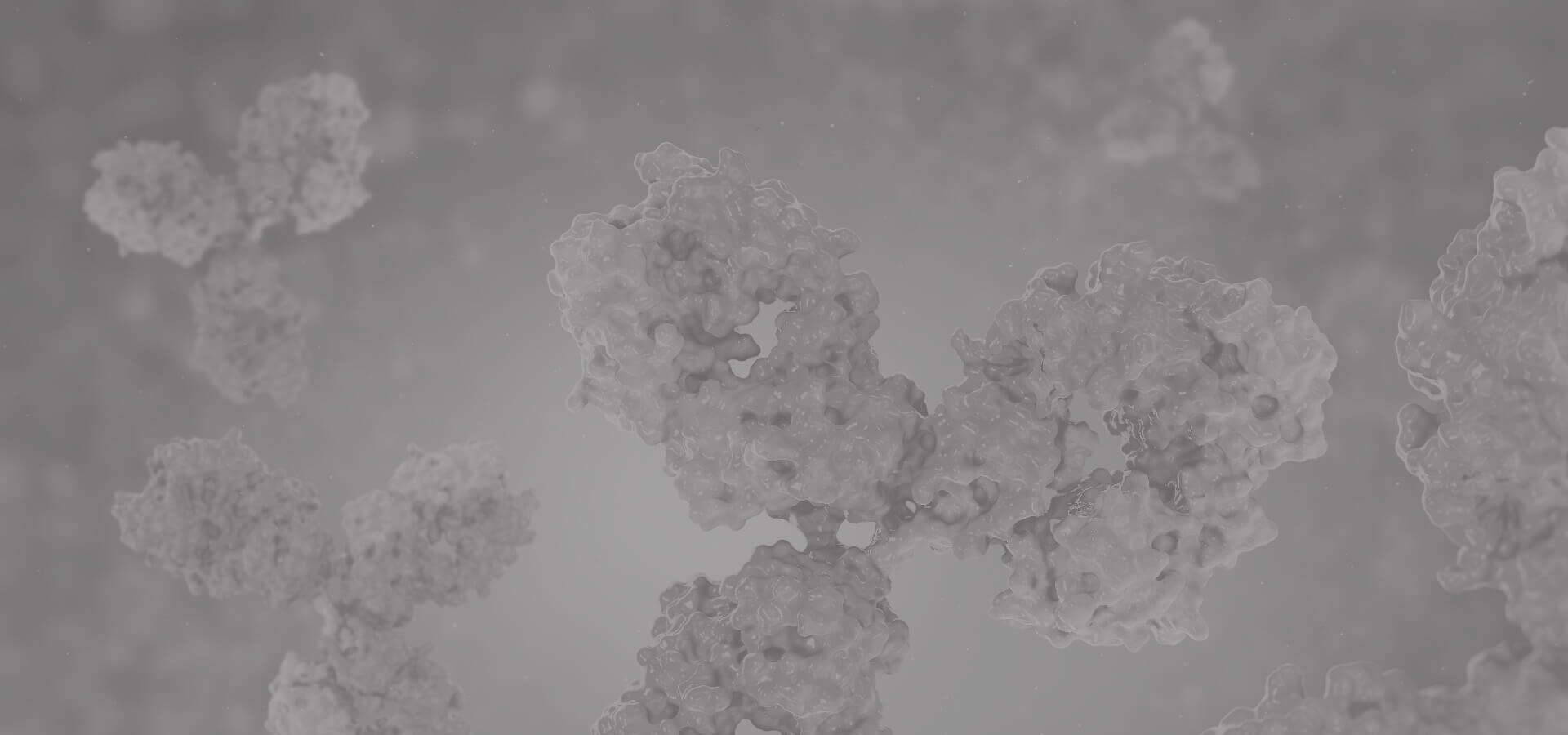CRTC1
CRTC1 (CREB Regulated Transcription Coactivator 1) is a Protein Coding gene. Diseases associated with CRTC1 include Mucoepidermoid Carcinoma and Clear Cell Hidradenoma. Among its related pathways are Mesodermal Commitment Pathway and Organelle biogenesis and maintenance. Gene Ontology (GO) annotations related to this gene include cAMP response element binding protein binding. An important paralog of this gene is CRTC2.
Full Name
CREB Regulated Transcription Coactivator 1
Function
Transcriptional coactivator for CREB1 which activates transcription through both consensus and variant cAMP response element (CRE) sites. Acts as a coactivator, in the SIK/TORC signaling pathway, being active when dephosphorylated and acts independently of CREB1 'Ser-133' phosphorylation. Enhances the interaction of CREB1 with TAF4. Regulates the expression of specific CREB-activated genes such as the steroidogenic gene, StAR. Potent coactivator of PGC1alpha and inducer of mitochondrial biogenesis in muscle cells. In the hippocampus, involved in late-phase long-term potentiation (L-LTP) maintenance at the Schaffer collateral-CA1 synapses. May be required for dendritic growth of developing cortical neurons (By similarity).
In concert with SIK1, regulates the light-induced entrainment of the circadian clock. In response to light stimulus, coactivates the CREB-mediated transcription of PER1 which plays an important role in the photic entrainment of the circadian clock.
(Microbial infection) Plays a role of coactivator for TAX activation of the human T-cell leukemia virus type 1 (HTLV-1) long terminal repeats (LTR).
In concert with SIK1, regulates the light-induced entrainment of the circadian clock. In response to light stimulus, coactivates the CREB-mediated transcription of PER1 which plays an important role in the photic entrainment of the circadian clock.
(Microbial infection) Plays a role of coactivator for TAX activation of the human T-cell leukemia virus type 1 (HTLV-1) long terminal repeats (LTR).
Biological Process
Energy homeostasis Source: Ensembl
Entrainment of circadian clock by photoperiod Source: UniProtKB
Memory Source: Ensembl
Negative regulation of membrane hyperpolarization Source: Ensembl
Positive regulation of CREB transcription factor activity Source: UniProtKB
Positive regulation of dendrite development Source: Ensembl
Positive regulation of long-term synaptic potentiation Source: Ensembl
Positive regulation of transcription by RNA polymerase II Source: UniProtKB
Postsynapse to nucleus signaling pathway Source: Ensembl
Protein homotetramerization Source: InterPro
Rhythmic process Source: UniProtKB-KW
Viral process Source: UniProtKB-KW
Entrainment of circadian clock by photoperiod Source: UniProtKB
Memory Source: Ensembl
Negative regulation of membrane hyperpolarization Source: Ensembl
Positive regulation of CREB transcription factor activity Source: UniProtKB
Positive regulation of dendrite development Source: Ensembl
Positive regulation of long-term synaptic potentiation Source: Ensembl
Positive regulation of transcription by RNA polymerase II Source: UniProtKB
Postsynapse to nucleus signaling pathway Source: Ensembl
Protein homotetramerization Source: InterPro
Rhythmic process Source: UniProtKB-KW
Viral process Source: UniProtKB-KW
Cellular Location
Cytoplasm; Nucleus. Cytoplasmic when phosphorylated by SIK or AMPK and when sequestered by 14-3-3 proteins (PubMed:16817901). Translocated to the nucleus on Ser-151 dephosphorylation, instigated by a number of factors including calcium ion and cAMP levels (PubMed:15589160). Light stimulation triggers a nuclear accumulation in the suprachiasmatic nucleus (SCN) of the brain (By similarity).
Involvement in disease
A chromosomal aberration involving CRTC1 is found in mucoepidermoid carcinomas, benign Warthin tumors and clear cell hidradenomas. Translocation t(11;19)(q21;p13) with MAML2. The fusion protein consists of the N-terminus of CRTC1 joined to the C-terminus of MAML2. The reciprocal fusion protein consisting of the N-terminus of MAML2 joined to the C-terminus of CRTC1 has been detected in a small number of mucoepidermoid carcinomas.
PTM
Phosphorylation/dephosphorylation states of Ser-151 are required for regulating transduction of CREB activity. TORCs are inactive when phosphorylated, and active when dephosphorylated at this site. This primary site of phosphorylation is mediated by SIKs (SIK1 and SIK2), is regulated by cAMP and calcium levels and is dependent on the phosphorylation of SIKs by LKB1 (By similarity).
View more
Anti-CRTC1 antibodies
+ Filters
 Loading...
Loading...
Target: CRTC1
Host: Rat
Antibody Isotype: IgG2a
Specificity: Mouse
Clone: CBYJT-1167
Application*: IH
Target: CRTC1
Host: Mouse
Antibody Isotype: IgG1, κ
Specificity: Human
Clone: CBYJT-1158
Application*: WB, IP, IF, E
Target: CRTC1
Host: Mouse
Antibody Isotype: IgG2a, κ
Specificity: Human
Clone: CBFYM-1022
Application*: WB, IP, IF, E
Target: CRTC1
Host: Mouse
Antibody Isotype: IgG2a, κ
Specificity: Human
Clone: 8F9
Application*: E, IF, WB
Target: CRTC1
Host: Mouse
Antibody Isotype: IgG2b
Specificity: Human
Clone: C5896
Application*: WB, IF, F, IP
Target: CRTC1
Host: Mouse
Antibody Isotype: IgG2b
Specificity: Human, Pig, Mouse, Rat
Clone: 29H11
Application*: E, WB, IC, F
Target: CRTC1
Host: Mouse
Antibody Isotype: IgG
Specificity: Human
Clone: CBT1214
Application*: WB, IF, IC, F, E
Target: CRTC1
Host: Mouse
Antibody Isotype: IgG
Specificity: Human, Mouse, Rat, Pig
Clone: CBT1215
Application*: WB, F, IF, IC
Target: CRTC1
Host: Mouse
Antibody Isotype: IgG1
Specificity: Human
Clone: CBT3689
Application*: WB, IC, F
Target: CRTC1
Host: Rabbit
Antibody Isotype: IgG
Specificity: Mouse, Rat
Clone: CBYJT-1164
Application*: WB
Target: CRTC1
Host: Mouse
Antibody Isotype: IgG2b, κ
Specificity: Human
Clone: CBFYC-2238
Application*: WB, IP, IF, E
Target: CRTC1
Host: Mouse
Antibody Isotype: IgG2b, κ
Specificity: Human, Mouse, Rat, Dog, Pig, Horse, Cattle
Clone: CBFYC-2237
Application*: WB, IP, IF, E
More Infomation
Hot products 
-
Mouse Anti-BPGM Recombinant Antibody (CBYY-1806) (CBMAB-2155-YY)

-
Mouse Anti-AKT1 (Phosphorylated S473) Recombinant Antibody (V2-505430) (PTM-CBMAB-0067LY)

-
Mouse Anti-CD164 Recombinant Antibody (CBFYC-0077) (CBMAB-C0086-FY)

-
Mouse Anti-F11R Recombinant Antibody (402) (CBMAB-0026-WJ)

-
Mouse Anti-C5AR1 Recombinant Antibody (R63) (CBMAB-C9553-LY)

-
Mouse Anti-CD33 Recombinant Antibody (6C5/2) (CBMAB-C8126-LY)

-
Rat Anti-ADAM10 Recombinant Antibody (V2-179741) (CBMAB-A1103-YC)

-
Mouse Anti-ASH1L Monoclonal Antibody (ASH5H03) (CBMAB-1372-YC)

-
Mouse Anti-Acetyl SMC3 (K105/K106) Recombinant Antibody (V2-634053) (CBMAB-AP052LY)

-
Mouse Anti-BIRC3 Recombinant Antibody (315304) (CBMAB-1214-CN)

-
Mouse Anti-ADIPOR1 Recombinant Antibody (V2-179982) (CBMAB-A1368-YC)

-
Mouse Anti-AAV8 Recombinant Antibody (V2-634028) (CBMAB-AP022LY)

-
Mouse Anti-COL12A1 Recombinant Antibody (CBYY-C3117) (CBMAB-C4560-YY)

-
Mouse Anti-ESR1 Recombinant Antibody (Y31) (CBMAB-1208-YC)

-
Mouse Anti-DLC1 Recombinant Antibody (D1009) (CBMAB-D1009-YC)

-
Mouse Anti-ALB Recombinant Antibody (V2-180650) (CBMAB-A2186-YC)

-
Armenian hamster Anti-CD40 Recombinant Antibody (HM40-3) (CBMAB-C10365-LY)

-
Rat Anti-ABCC11 Recombinant Antibody (V2-179001) (CBMAB-A0236-YC)

-
Mouse Anti-CCND2 Recombinant Antibody (DCS-3) (CBMAB-G1318-LY)

-
Mouse Anti-ASB9 Recombinant Antibody (1D8) (CBMAB-A0529-LY)

For Research Use Only. Not For Clinical Use.
(P): Predicted
* Abbreviations
- AActivation
- AGAgonist
- APApoptosis
- BBlocking
- BABioassay
- BIBioimaging
- CImmunohistochemistry-Frozen Sections
- CIChromatin Immunoprecipitation
- CTCytotoxicity
- CSCostimulation
- DDepletion
- DBDot Blot
- EELISA
- ECELISA(Cap)
- EDELISA(Det)
- ESELISpot
- EMElectron Microscopy
- FFlow Cytometry
- FNFunction Assay
- GSGel Supershift
- IInhibition
- IAEnzyme Immunoassay
- ICImmunocytochemistry
- IDImmunodiffusion
- IEImmunoelectrophoresis
- IFImmunofluorescence
- IGImmunochromatography
- IHImmunohistochemistry
- IMImmunomicroscopy
- IOImmunoassay
- IPImmunoprecipitation
- ISIntracellular Staining for Flow Cytometry
- LALuminex Assay
- LFLateral Flow Immunoassay
- MMicroarray
- MCMass Cytometry/CyTOF
- MDMeDIP
- MSElectrophoretic Mobility Shift Assay
- NNeutralization
- PImmunohistologyp-Paraffin Sections
- PAPeptide Array
- PEPeptide ELISA
- PLProximity Ligation Assay
- RRadioimmunoassay
- SStimulation
- SESandwich ELISA
- SHIn situ hybridization
- TCTissue Culture
- WBWestern Blot

Online Inquiry







